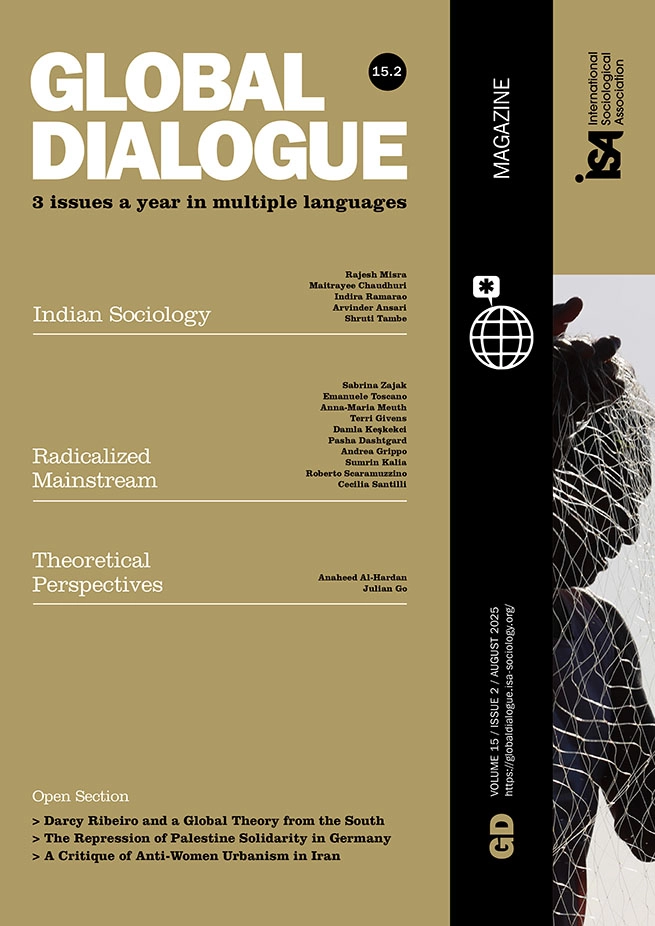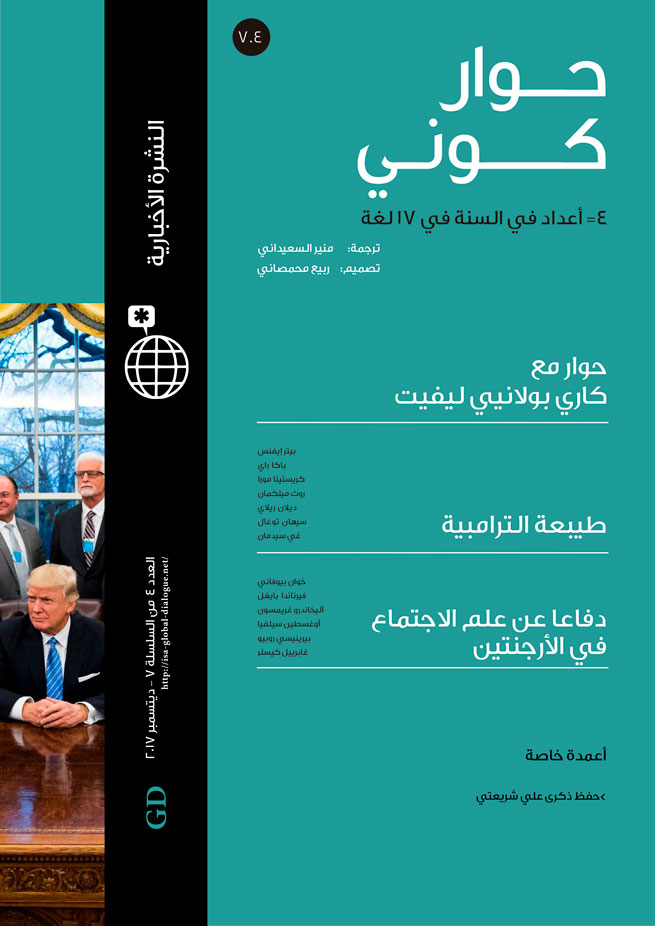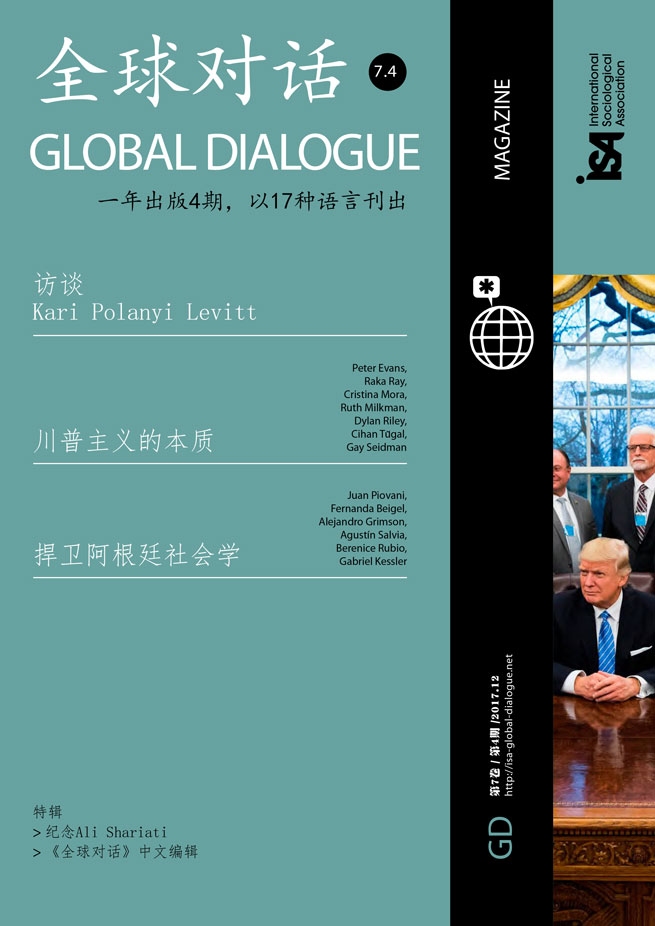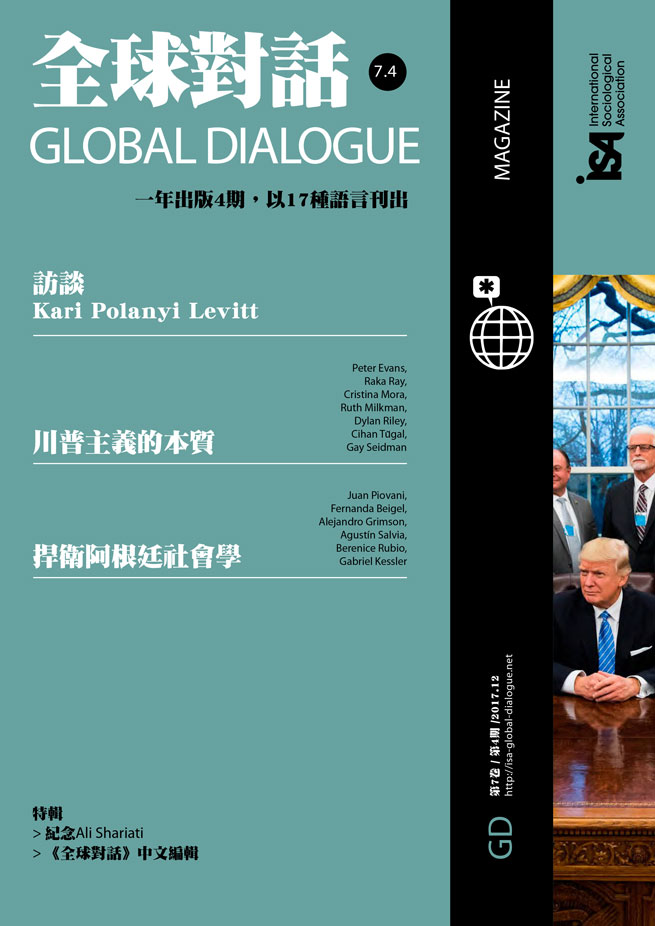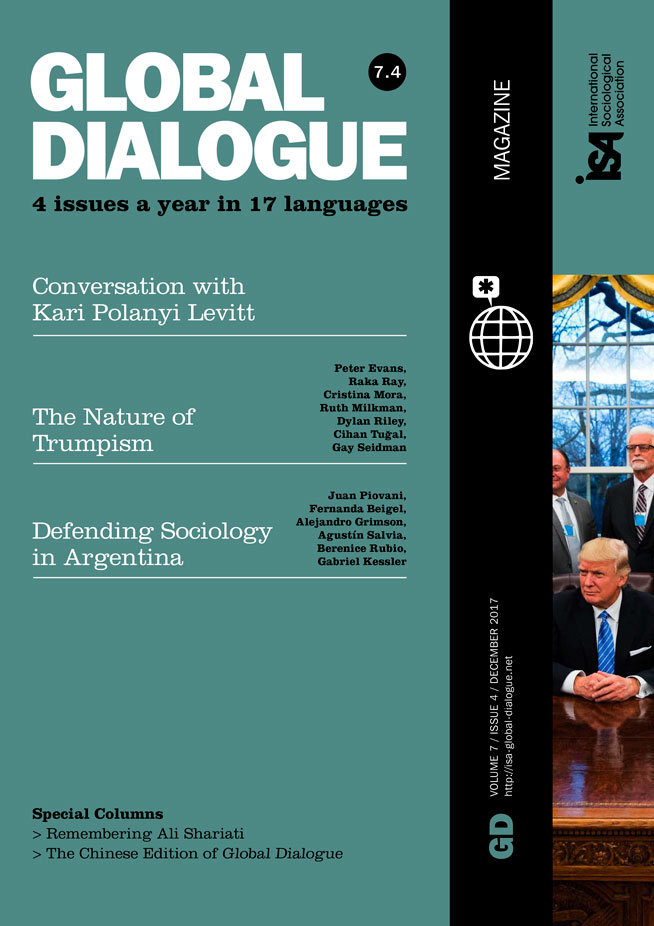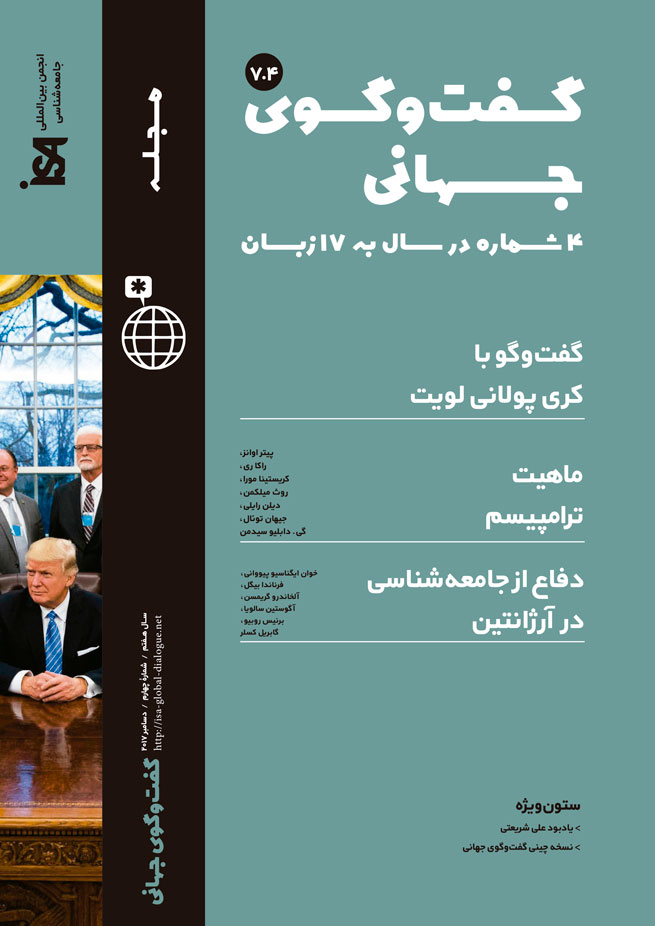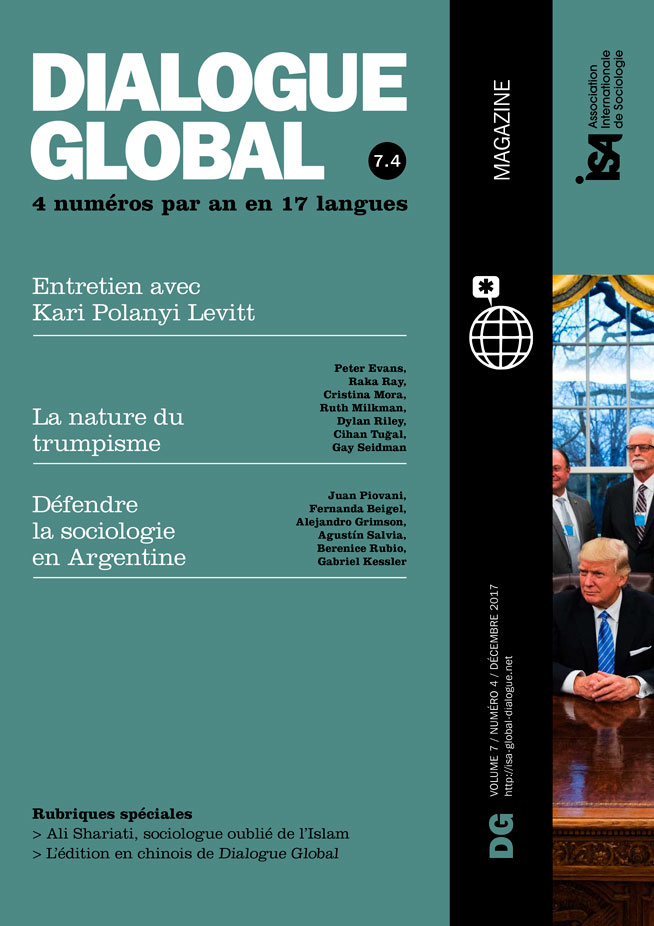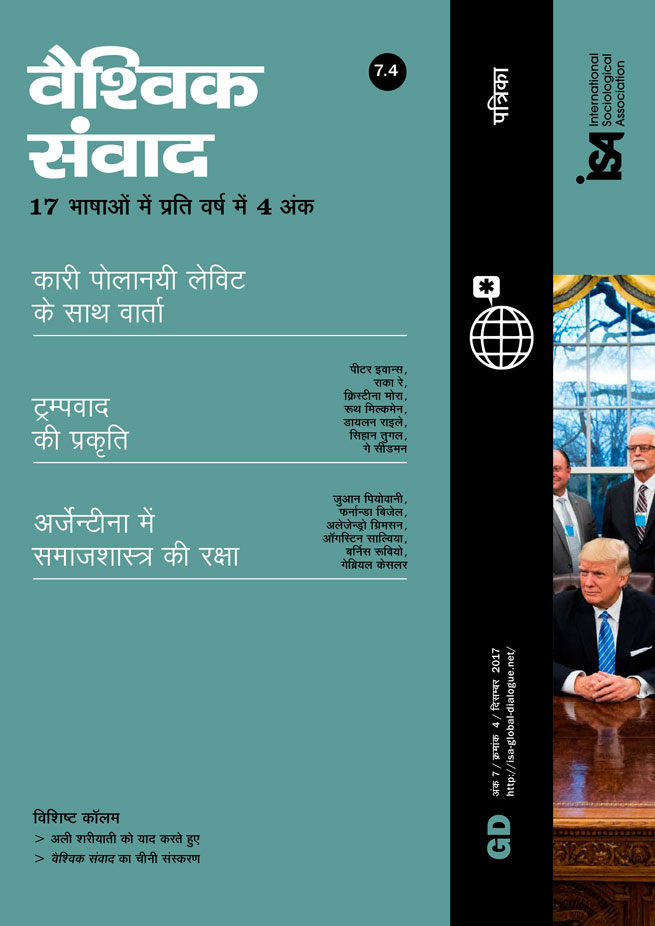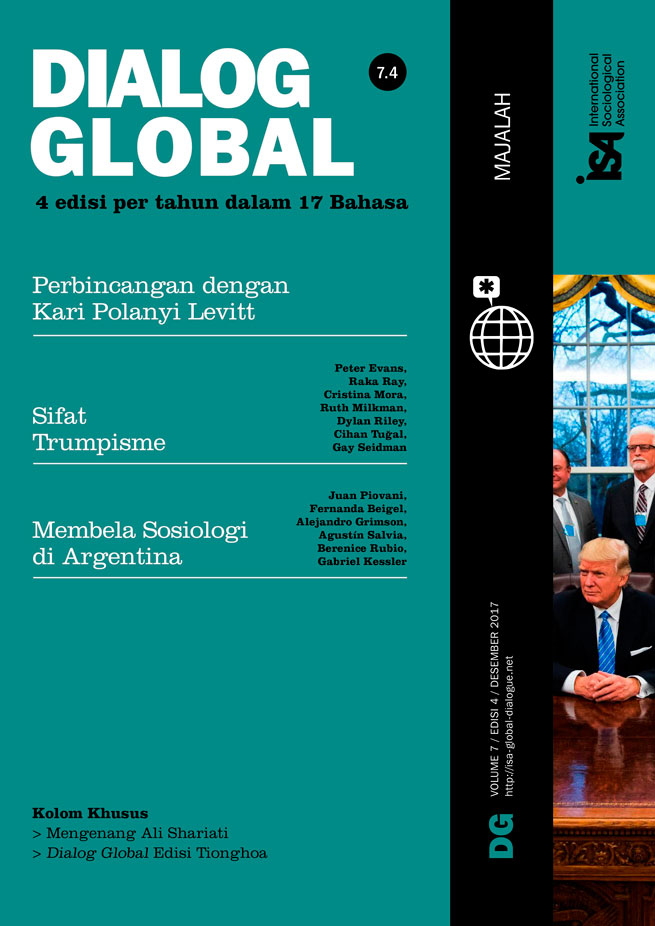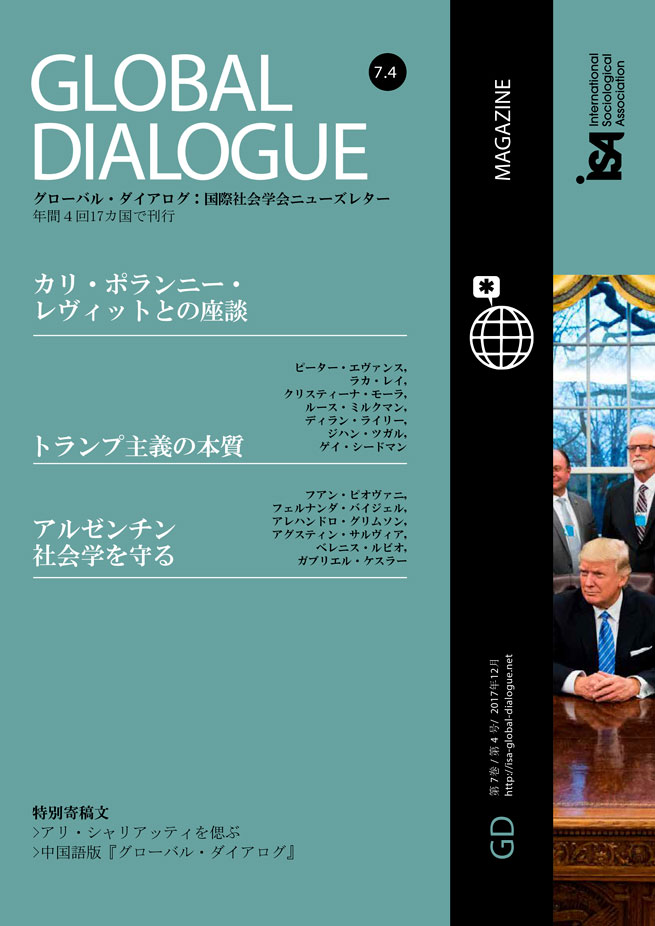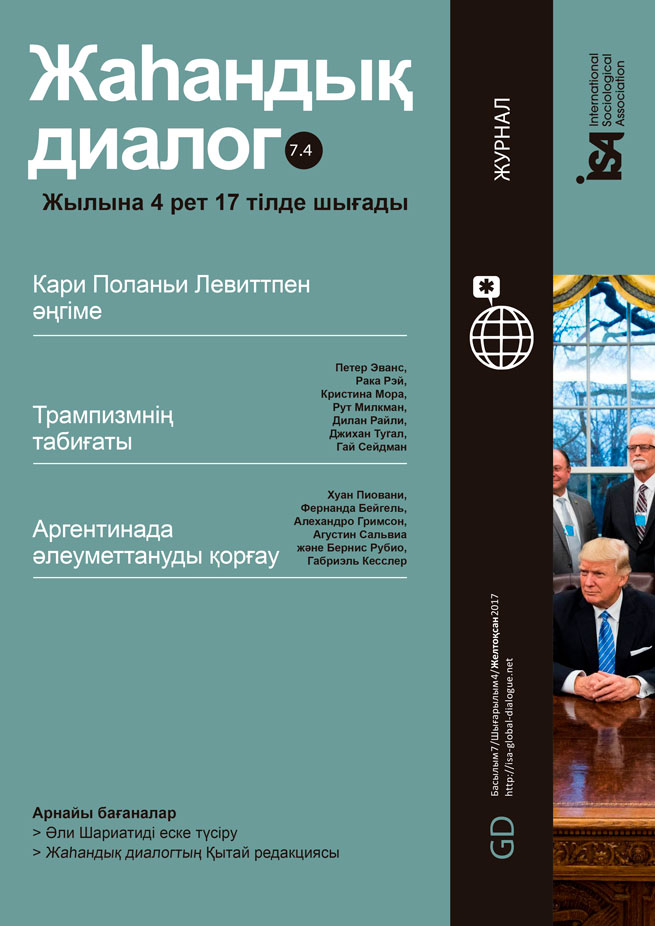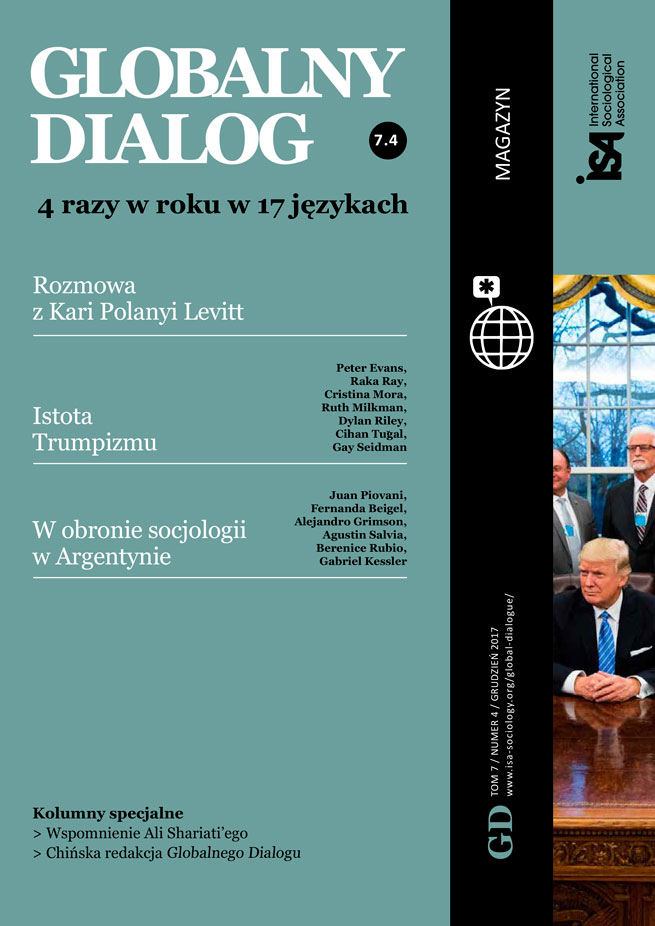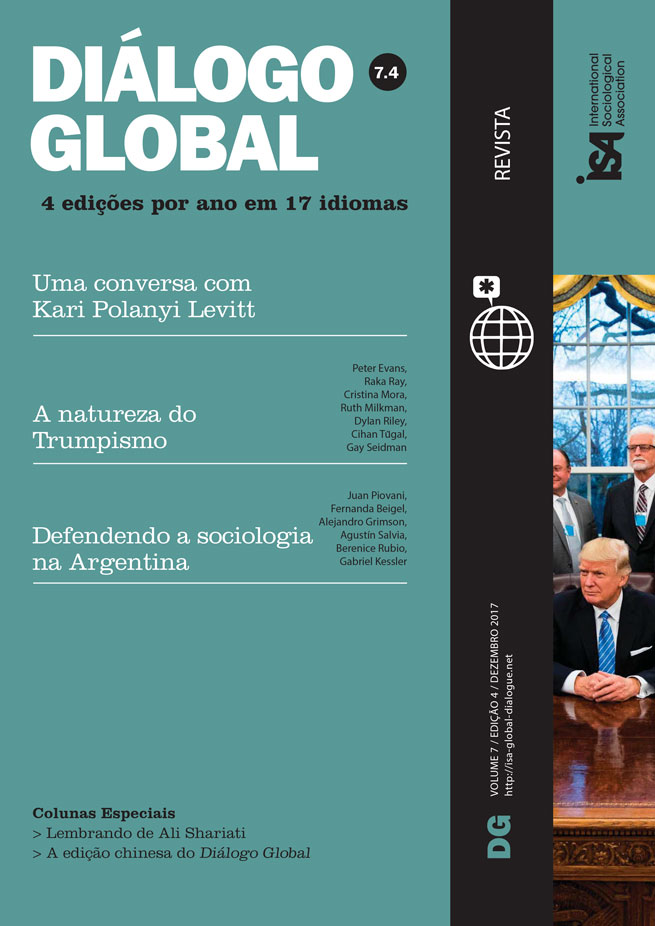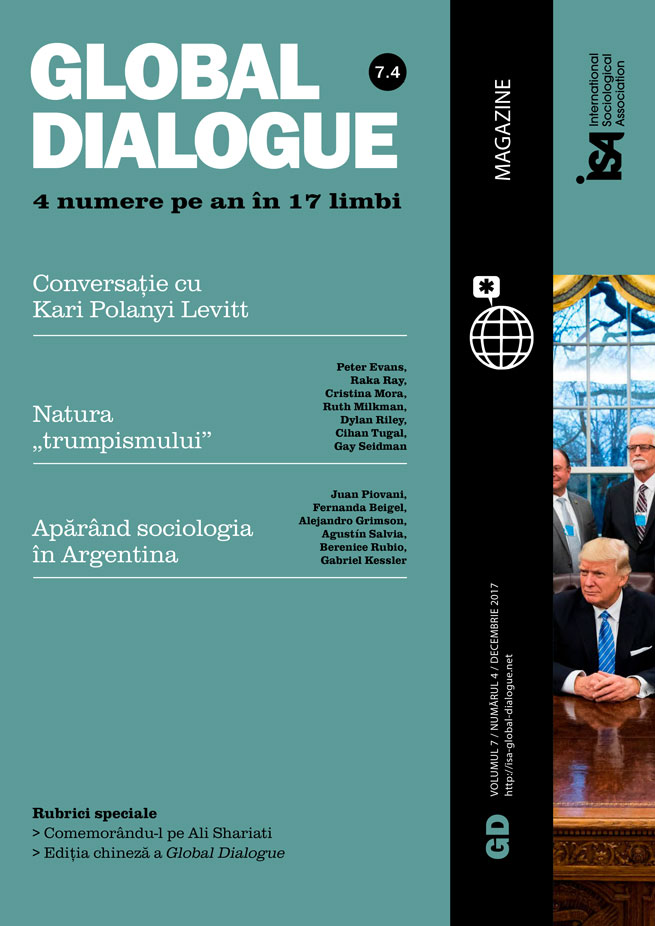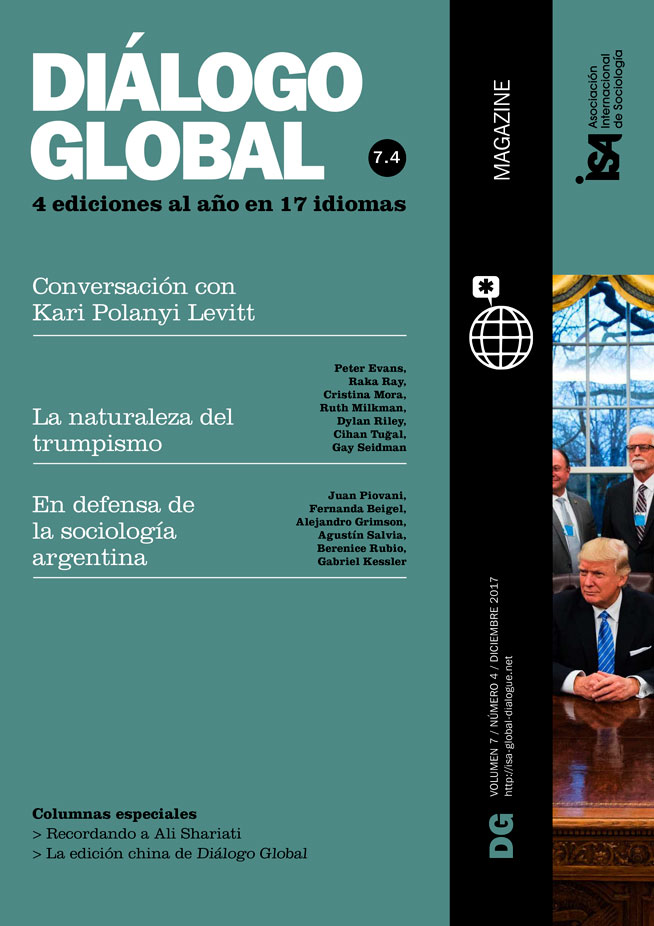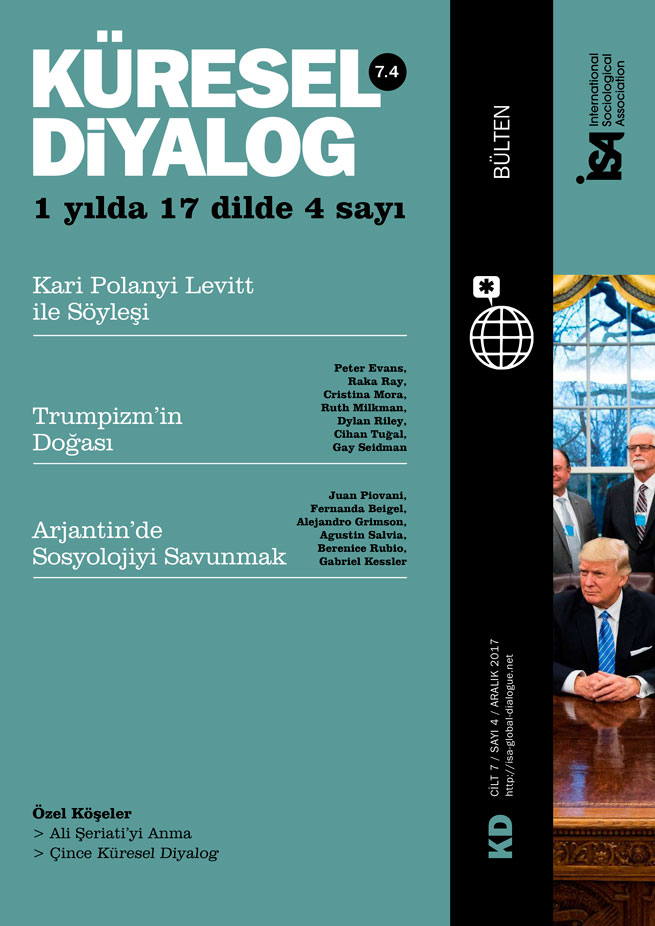Mapping Argentina’s Social Sciences

October 28, 2017
Over the past 40 years, the geography of science has been re-mapped, through a publication system which progressively established a “universal” language and writing style, and through a mainstream circuit which built prestige for a handful of centers of excellence and certain disciplines, relegating to the periphery entire scientific communities whose work did not appear in journals linked to the Institute for Scientific Information (ISI, now Clarivate Analytics/Web of Science).
However, increasing attention is being paid to the creation of alternative academic networks, including the open access movement, and regional circuits such as Latin American scientific publications. Since the 1960s, Latin American social sciences have undergone “regionalization” of prestige-building – with the intervention of regional centers – and the “nationalization” of scientific policies.
Outside these international circuits, local circuits include many non-indexed journals which appear exclusively in print format. These journals have limited circulation, but they reflect the persistence of non-internationalized academic spaces. What are the dynamics of these peripheral scientific fields? I have argued that these different intellectual circuits create polarized orientations, resulting in a “two-faced” academic elite, one looking outwards, and the other looking inwards.
The increasingly close connection between evaluation and academic publishing has promoted diverse principles of legitimation, as different circuits of recognition (all valid, but with different rewards) have crossed national fields. The growing segmentation of intellectual circuits in the world academic system – and their impact on the position of scientists from the periphery – is not simply the result of the supremacy of the English language; these circuits are fueled by competing evaluative cultures and structural asymmetries. A threefold hierarchical principle – based on publication language, institutional affiliation, and discipline – shapes academic inequalities.
Argentina is an interesting case for analyzing production styles and circulation. In recent years, there has been a hefty increase in public funding, the consolidation of various PhD programs, and a visibly “nationalist” emphasis in Argentina’s fellowship schemes and research appointments. The number of full-time researchers has tripled in the past decade, rising from 3,694 in 2003 to 9,236 in 2015. During this period, however, the gap between Argentinian scientists versed in the dominant production styles of the world academic system and those with a more endogenous agenda has widened.
The indexing of publications defines different rewards in terms of recognition. At the national research agency, CONICET, publications in international (mainstream) journals, indexed in the Web of Science or Scopus, are highly valued. However, the Social Sciences and Humanities and the Agrarian Sciences at CONICET value publications in Latin American journals, indexed in SciELO or Latindex. In this evaluative culture, the assessment of quality and originality has been shifted in favor of indexation, impact factor or h-index – all bibliometric data whose link to quality is subject to debate.
Publications in national or local, non-indexed journals, are generally regarded as career-building for those teaching at non-metropolitan universities. In Argentina’s higher education system, long marked by a strong tradition of university autonomy and politicization, the local circuit of recognition remains a very dynamic space, with hundreds of locally-edited journals mainly printed on paper, where local scholars publish their works, far from international standards. Are these works of bad quality? Given that these extensive local circuits have not yet been studied, we cannot presume their scientific worth, but this local orientation clearly still prevails in many institutions, especially in the social sciences.
With these diverse (even opposing) evaluative cultures, Argentinian social scientists with a local orientation and those pursuing an international agenda coexist uneasily, with two different paths for national research careers (one at CONICET, another at the national universities), along with divergent regulations for faculty tenure across the country’s 50 national universities.
The five “career-best publications”
Among social scientists who are researchers at CONICET, where international standards are dominant, what are the characteristics of publication? We examined a sample of 4,842 individuals (out of 7,906) who had applied for promotion and were asked to choose their “five career-best publications.” This sample includes more than half of all active CONICET researchers by 2015, and it is balanced in terms of discipline, age and hierarchy, including assistant, adjunct, independent, principal and superior faculty members. The institution accepts applications for promotions once a year, and applications are voluntary.
Importantly, applicants select the five “career-best” publications, based on what they believe most likely to impress evaluation committees. Thus, their choices provide insight into the consensus on evaluation criteria within the institution. In many cases, particularly in the Social Sciences and Humanities (SSH), these selected publications do not reflect the rest of the publications listed on the researcher’s CV.
The database of the publications submitted by the sample under scrutiny includes 23,852 items, listing title, type (book, book chapter, article, conference paper, technical report), and language. The language of the five “career-best” publications is highly homogeneous: works in English average about 4.02 out of 5 (4.13 among men and 3.91 among women). That average is slightly lower for the oldest generation (aged 65-85) but the difference is minimal, suggesting that writing in English dates back several decades in Argentina. In terms of language predominance, the observation by areas shows that the overwhelming majority of publications in English are in the “hard” sciences (average 4.77), while in the SSH the average is 1.23 out of 5.
The type of publication reveals a bit more variation, with books and book chapters more prevalent among older scholars, and among social scientists. Among the youngest cohort (aged 31-44), however, 4.4 out of 5 of the “career-best” published works are articles, evidence that the “paper” is becoming increasingly dominant in all scientific fields. The average number of articles for SSH researchers stands at 2.8 out of 5. Unfortunately, there are no regional or national studies on the publication of academic books.
Figure 1: Five Career-Best Publications
by Scientific Area in 2015 (n=23,852).
Averages by Language and Type of Production (Out of 5)[1]

Interestingly, most of the 941 SSH researchers included in the sample work at a national university or at joint centers where CONICET collaborates with national universities such as the University of Buenos Aires (UBA). In terms of their education, 33.7% earned their doctorate at UBA, a bit higher than the sample average, and 43.5% also received their bachelor’s from UBA, a good deal higher than the sample average. As for gender, 56% of SSH researchers are women, and, on average, 1.14 out of 5 of their “career-best” publications are in English. For men, the average number of works in English is slightly higher, at 1.35 out of 5. Comparing disciplines that are considered “feminized,” there is a lot of variation in the language used, so gender is not a decisive factor here either. Thus, for example, publications in Literature appear largely in Spanish whereas publications in Psychology appear largely in English.
Figure 2: Average Five Career-best Publications
by Circuit in 2015 (n=7,071)
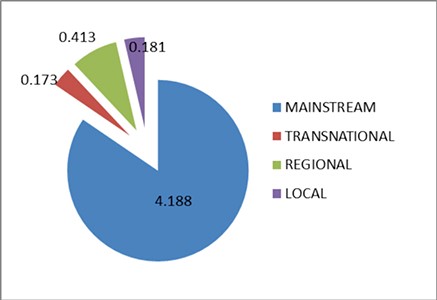
What can we learn about the circulation of the “career-best” publications listed by these researchers? 83% of the publications circulate on the mainstream circuit. The other 17%, outside the dominant circuit, corresponds to SSH researchers (76%) or are papers presented at international conferences and intellectual property records (24%).
The social sciences at CONICET fit the general pattern of evaluating the quality of articles based on indexation rather than originality. Although this area presents fewer publications on the mainstream circuit, the priority given to regional indexation is noticeable. SciELO, Latindex and transnational systems like DOAJ and Dialnet are the repositories where most of the publications of the SSH are indexed. Publications in Argentina represent under 7% of the total, and a great number of these correspond to the SSH. The dominant trend in these disciplines is to publish in Spanish or Portuguese in Latin American journals indexed mainly in Latindex.
In their complete CVs, most SSH researchers show significantly more local publications than international ones, but this study of their “career-best” publications provides insight into a growing consensus at CONICET about what scientific and prestigious work implies – though this study does not suggest that these beliefs determine completely the trajectories of these scholars’ careers. CONICET has expanded enormously throughout the country, and thus the internationalized criteria appear – albeit to varying degrees – throughout Argentina’s academic community. But the distribution of prestige in Argentina’s academe is a complex process, with coexisting and diverse principles of legitimation and circuits of recognition.
Fernanda Beigel, National University of Cuyo, Argentina, and member of ISA Research Committee on the History of Sociology (RC08) <mfbeigel@mendoza-conicet.gob.ar>
